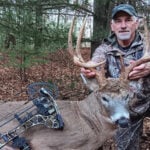The Wisconsin Department of Natural Resources spent much of 2019 conducting what’s likely the nation’s most in-depth study of crossbow use in deer hunting, only to document that the chief assumption prompting the research was merely one man’s false assumptions.
That study, “Wisconsin’s Evaluation of Crossbow Use and Season Structure,” could have had this subtitle: “There’s No Problem Here.”
Even so, the research team examined not only Wisconsin’s crossbow use, but the nation’s itself. The final report’s acknowledgments page could have read: “Thanks to the Natural Resources Board for making eight DNR employees — four sociologists, two biologists, a survey specialist and top-level analyst — spend eight months quantifying and verifying what sociologists at home and nationwide forecast 30 years ago.”
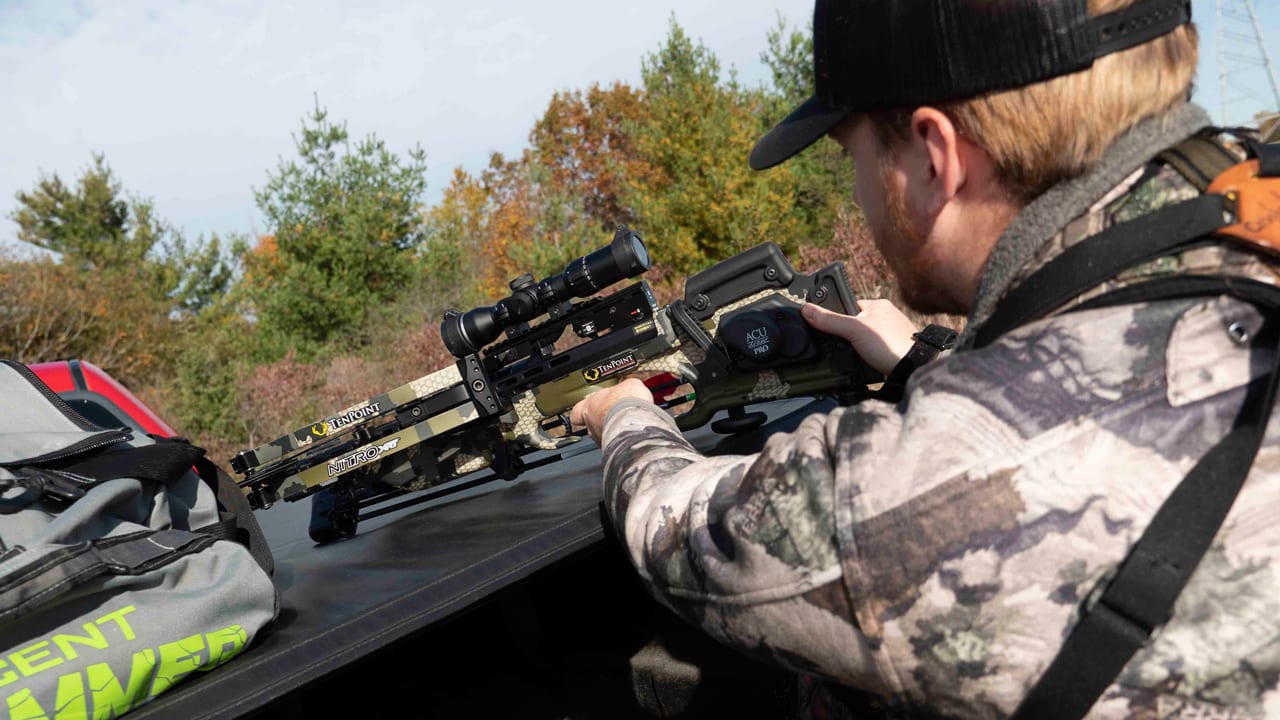
Are crossbows to blame for the deer hunting decline?
The study began soon after Wisconsin’s seven-citizen DNR Board, which sets agency policy, directed that DNR staff study how crossbows affected deer hunting after they were legalized for archery season in 2014. The Board’s main assumption was that letting crossbows into the 110-day-plus archery season caused gun-hunters to quit deer hunting or forsake their guns for crossbows.
To ensure the DNR understood its task, the Board crafted 21 questions for researchers to answer, including this interesting concept: how best to structure hunting seasons to ensure a “fair allotment of bucks” between hunters, whether they use crossbows, regular bows, centerfire rifles or muzzleloading rifles.
DNR staff say the study was a “Board directive,” but it’s more accurate to say the Board OK’d the study to please its vice chairman, Greg Kazmierski, owner of the Buck Rub Archery shop in Pewaukee.
Kazmierski believes crossbows triggered recent deer hunting declines in Wisconsin, but UW-Madison sociologist Tom Heberlein predicted these drop-offs in 1991, and UW-Madison demographer Rochelle Winkler forecast the actual declines accurately in 2008.
Kazmierski also thinks crossbows are “unfair” because — depending on the year — their users have been 2% to 6% more successful on bucks than gun-hunters, and 5% to 8% more successful on bucks than those using compound bows and traditional bows.
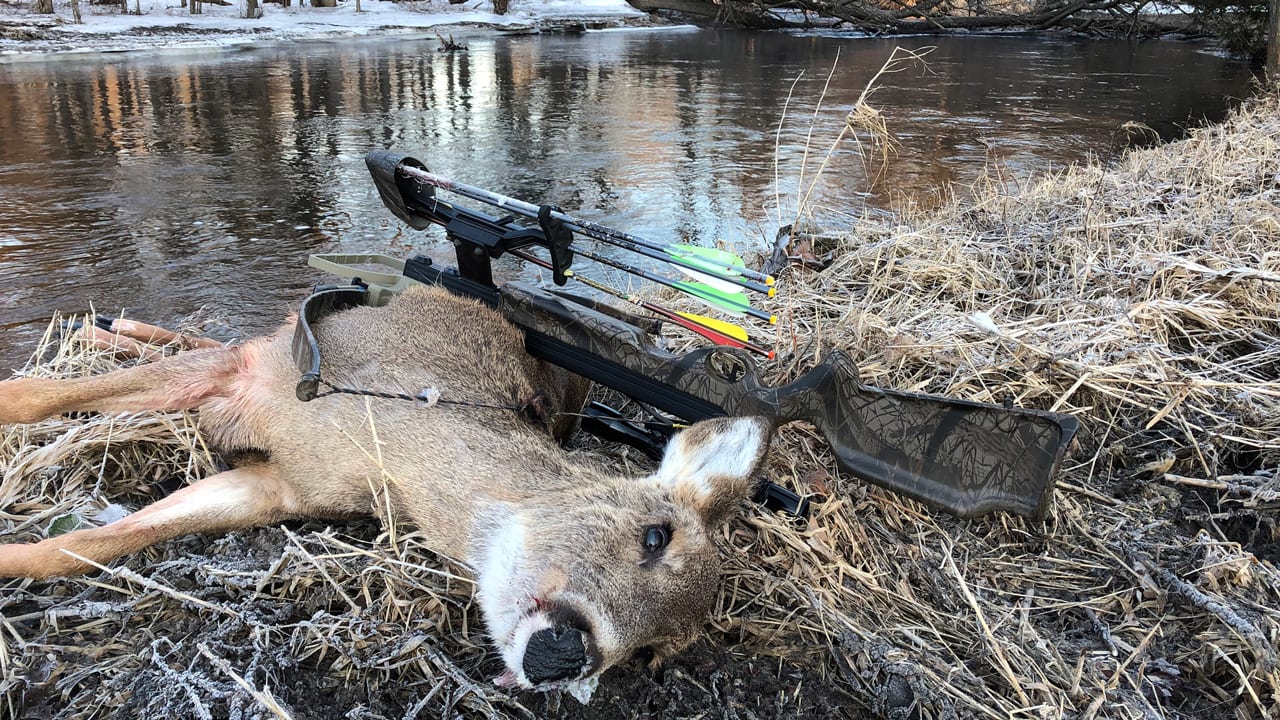
Crossbows are increasingly popular for bowhunting in Wisconsin, but a largescale study found they don’t harm the herd or cause gun-hunters to quit.
Defining or proving “unfair,” however, remains difficult, given that Wisconsin allows everyone to choose which license to buy, which weapon to carry, and which deer to shoot. As the study found in its comprehensive questions, everyone hunts for varying reasons, which are poorly reflected in harvest totals.
The study also found crossbow success rates aren’t harming the herd or its buck population. Wisconsin sold 957,653 deer licenses in 2018. Here’s how hunters fared on bucks:
— Those licensed to gun-hunt registered 112,443 bucks, or 70.25% of the 160,075 bucks killed in all seasons. They had a 19% success rate on bucks.
— Those licensed to hunt with compounds and traditional bows registered 21,676 bucks, or 13.5% of the buck total. They had a 10.4% success rate on bucks.
— Those licensed to use crossbows registered 25,956 bucks, or 16.2% of the buck total. They had a 15.1% success rate on bucks.
For further perspective, During Wisconsin’s 2013 archery deer season, the last year crossbows were restricted to handicapped folks or those 65 and older, bowhunting success was 15.6% on bucks.
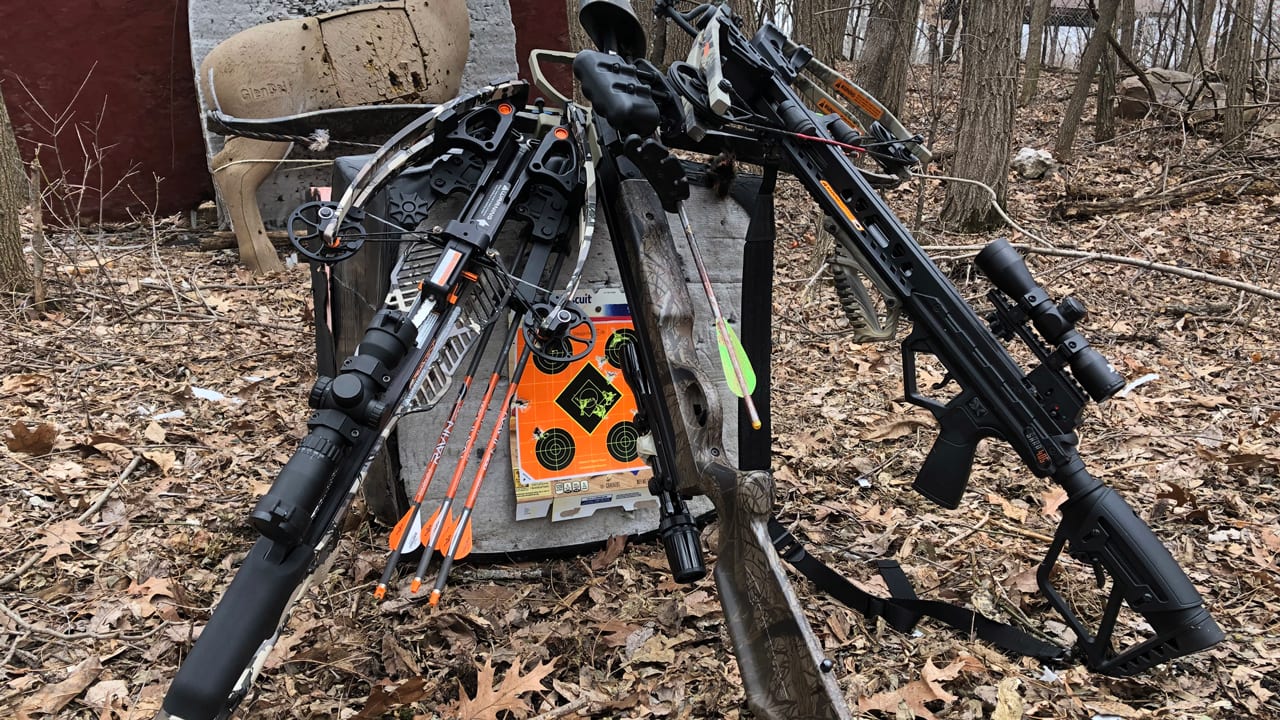
Wisconsin’s gun-hunters account for 70% of the state’s annual buck kill.
Kazmierski also claims that gun-hunters think crossbow hunters are imperiling Wisconsin’s traditional nine-day November firearms season by killing “their bucks” before they get to hunt. He even claims that those resentments sparked a nearly 25,000 drop in gun-license sales in 2014 (-4%), and a nearly 32,220 (-5.3%) slide since.
It’s possible crossbows contributed to those declines, but 2014 was also the year that Wisconsin launched Kazmierski’s “new era” of deer hunting regulations, a program he basically authored during the state’s divisive deer-trustee process in 2012 and 2013. In addition, 2014 was also the first year CWD testing – primarily in Iowa, Sauk, Dane and Richland counties – showed infection rates exceeding 6%.
The study found nothing to substantiate Kazmierski’s theories on the crossbow’s impacts. It did, however, verify that large social forces such as increased urbanization, reduced land access, fading baby-boomers, and more recreational options continue to cut into hunting participation — all of which Heberlein, Winkler and others noted long before 2014. The state’s gun-deer license sales peaked in 1990 at 699,275, but sunk to 622,542 (-11%) by 2010.
When the study’s researchers asked former gun-hunters why they quit after the 2016 season, they found only 2% had since bought a crossbow license. In fact, gun-hunters were 10 times more likely to add crossbows as an option than they were to stop gun-hunting and switch to crossbows.
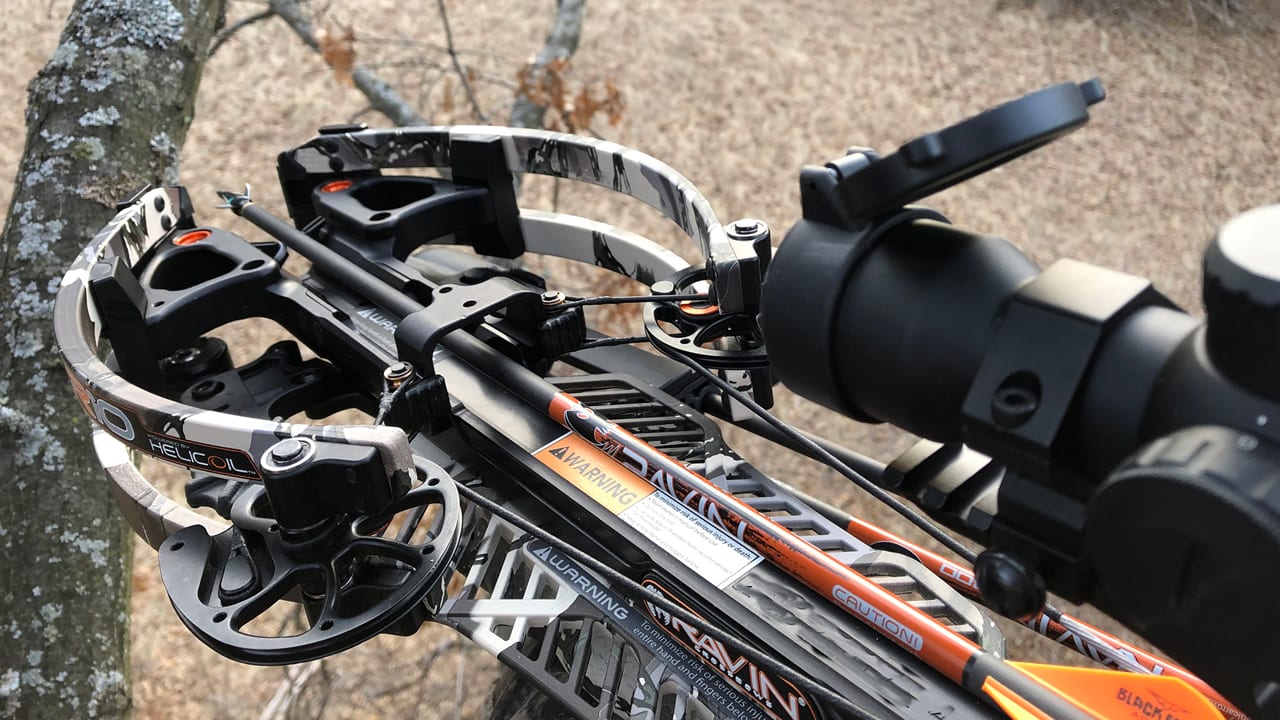
Of 56 factors former Wisconsin gun-hunters cited for quitting, the top two were that they no longer enjoyed deer hunting, and they didn’t see enough deer. At No. 36 was “crossbows reduced my harvest chances,” and No. 45 was “compound bows reduced my harvest chances.”
Gun-hunters also weren’t all that grumpy about crossbow hunters killing “their deer” before gun season. Of 56 factors former gun-hunters cited for quitting, the top two were that they no longer enjoyed deer hunting, and they didn’t see enough deer. At No. 36 was “crossbows reduced my harvest chances,” and No. 45 was “compound bows reduced my harvest chances.”
That wasn’t the only time Kazmierski publicly voiced incorrect information. After the study was presented at the DNR Board’s Oct. 22 meeting, he claimed Michigan archers take 40% of the state’s annual deer kill. Actually, it was 31% in 2018. And in his September 2019 CWD subcommittee report to the DNR Board, Kazmierski claimed his home county, Waukesha, “has not had a (CWD) detection in years.” Actually, it’s had 12 since 2012, including three so far this fall.
After reviewing the study (https://dnr.wi.gov/About/NRB/2019/October/00%20Tuesday%202019-10-3A%20Wisconsin%20Crossbow%20Report%20Final.pdf), the DNR Board took no action. Kazmierski, however, is expected to continue suggesting changes to the state’s current crossbow regulations, which allow their use throughout Wisconsin’s mid-September to early January archery season.

 By
By 